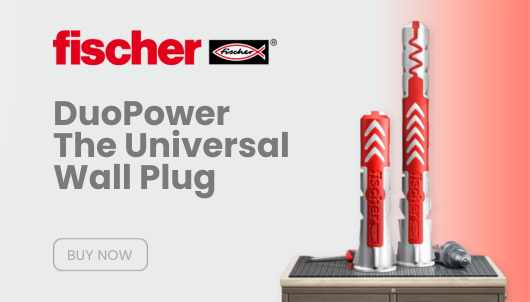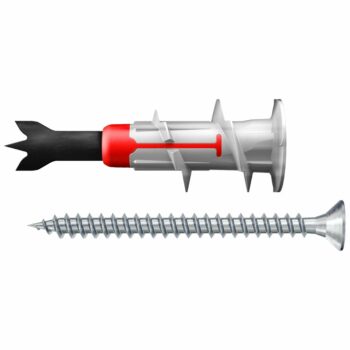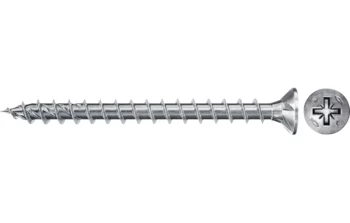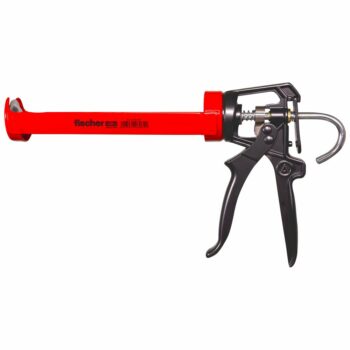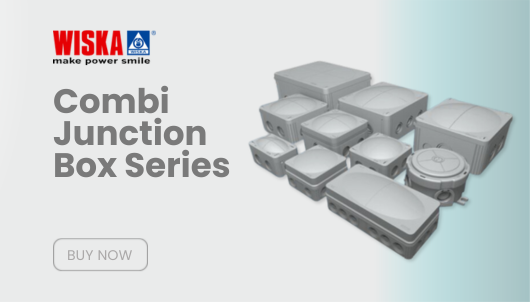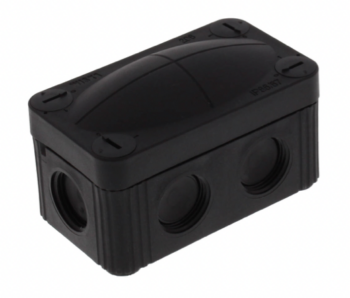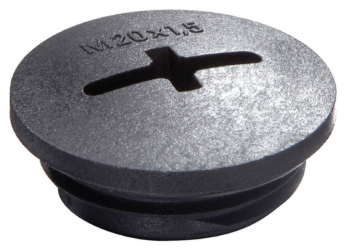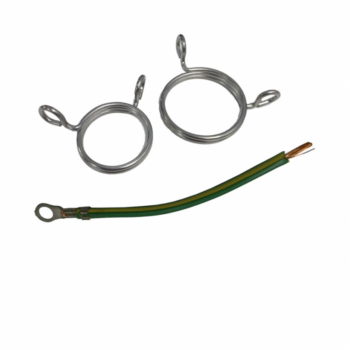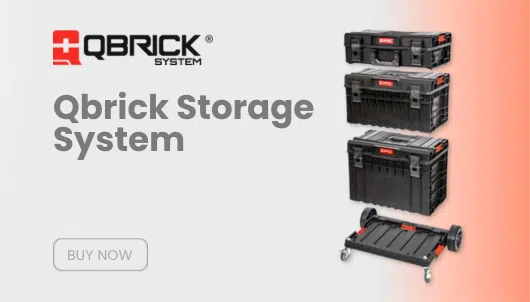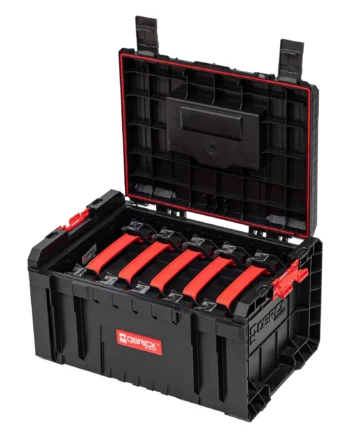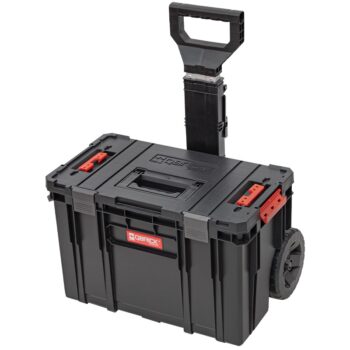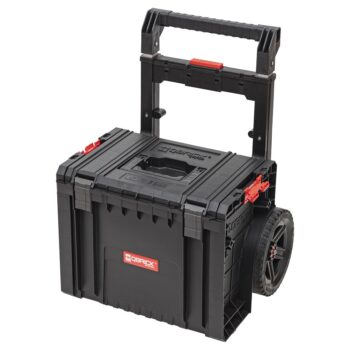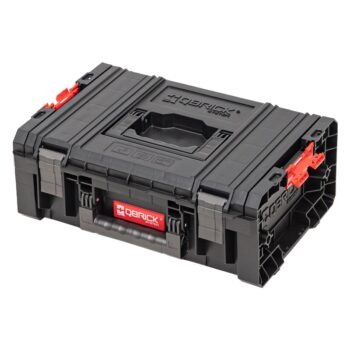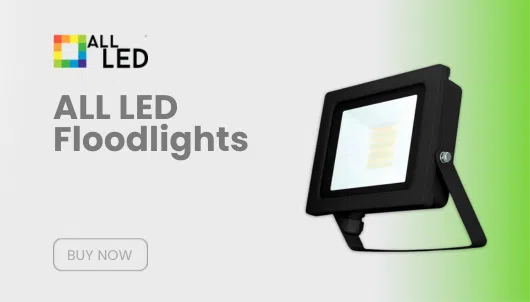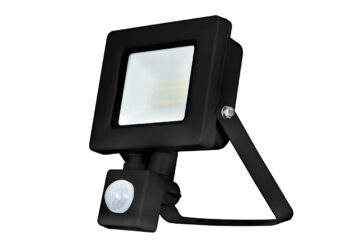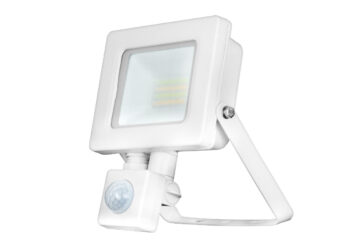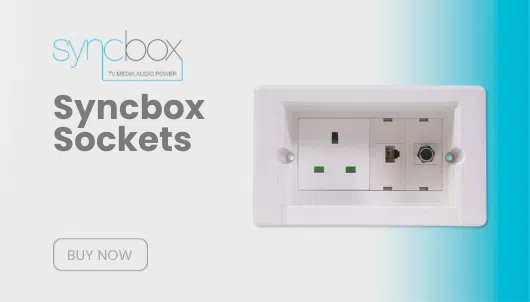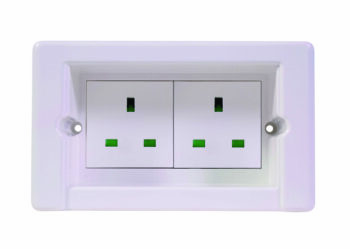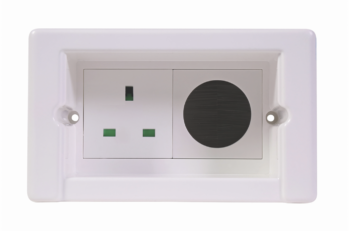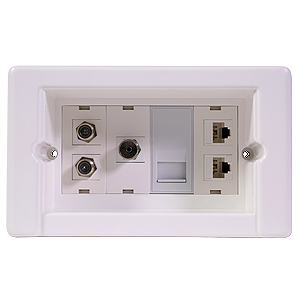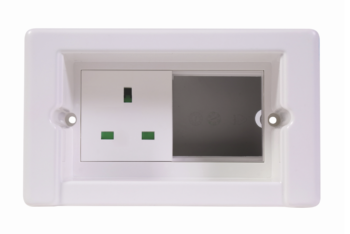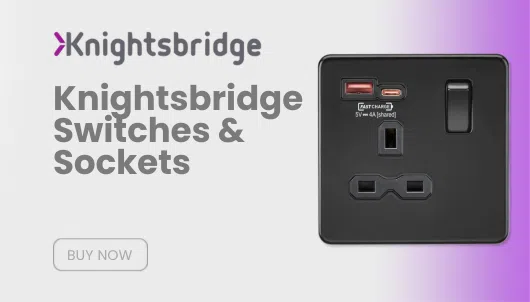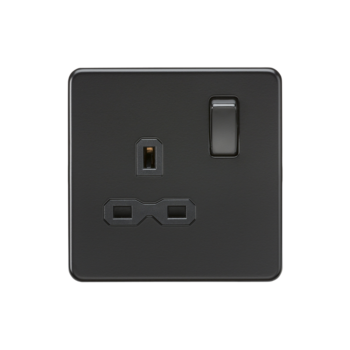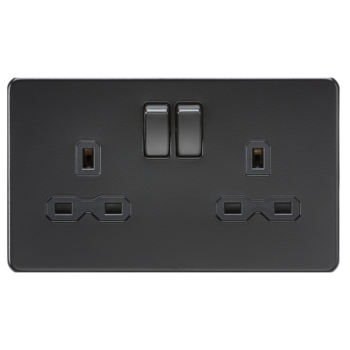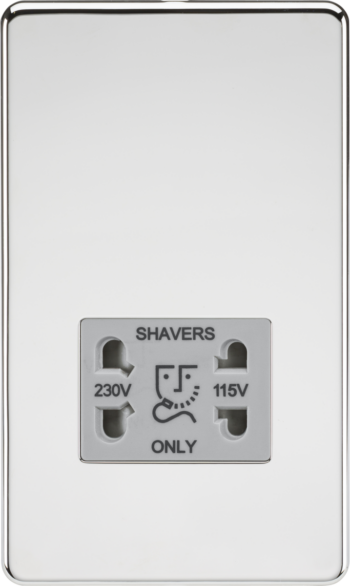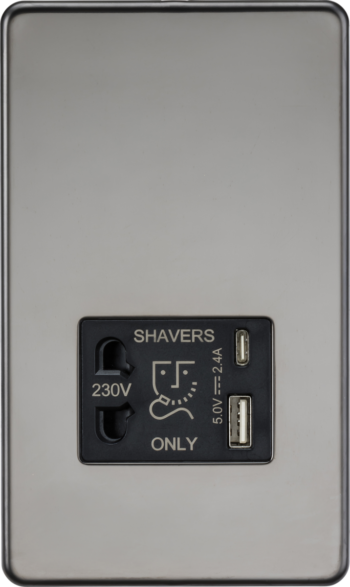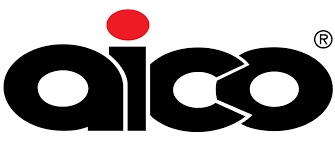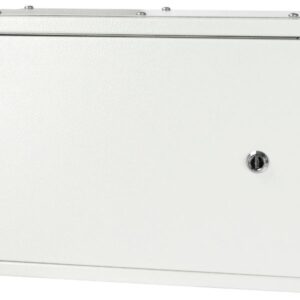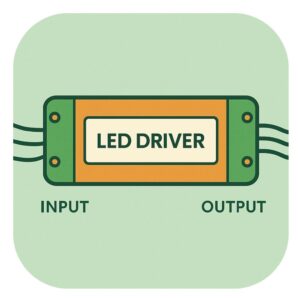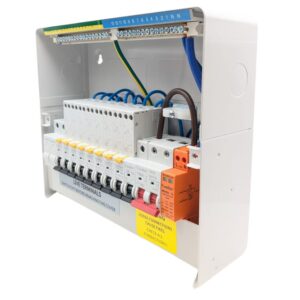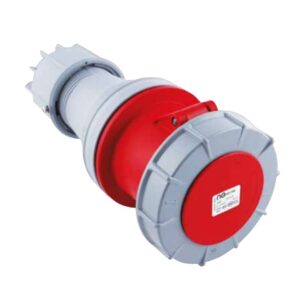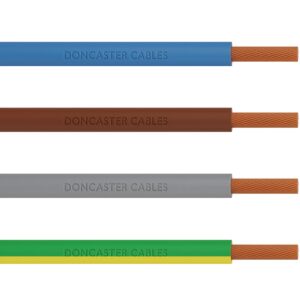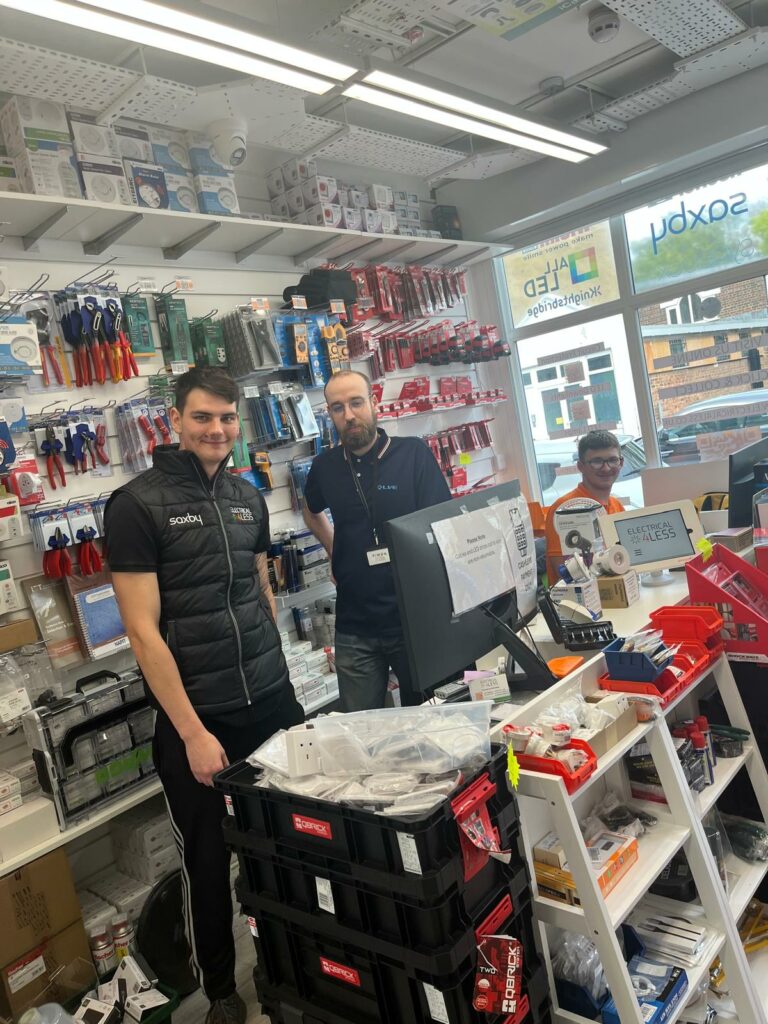Comprehensive Protection with Flexible Power Flow
In today’s evolving world of renewable energy and smart home systems, electrical safety devices have become more sophisticated and versatile. Hager Bidirectional RCBOs (Residual Current Breaker with Overcurrent Protection) stand at the forefront of this innovation, designed to offer robust protection in a wide range of modern applications. These cutting-edge devices cater to the increasing need for bidirectional power flow, particularly in setups where power can flow both ways—think of solar panels feeding back into the grid or homes with battery storage solutions.
In this in-depth guide, we will explore every aspect of Hager’s Bidirectional RCBOs. Whether you’re an installer, electrician, or homeowner considering renewable energy, understanding how these RCBOs work, their applications, and the advantages they offer can help you make an informed choice. Read on to discover why Hager Bidirectional RCBOs are gaining recognition for their innovation, reliability, and adaptability.
Table of contents
- Comprehensive Protection with Flexible Power Flow
- What is a Hager Bidirectional RCBO?
- Why Bidirectional RCBOs Are a Game-Changer
- How Hager Bidirectional RCBOs Work
- Types of Hager Bidirectional RCBOs
- Key Applications of Hager Bidirectional RCBOs
- Benefits of Using Hager Bidirectional RCBOs
- UK Regulations and Compliance
- Installation Considerations for Hager Bidirectional RCBOs
- Comparing Hager RCBOs: Unidirectional vs. Bidirectional
- Conclusion
- Frequently Asked Questions (FAQ)
What is a Hager Bidirectional RCBO?
A Hager Bidirectional RCBO is an advanced protective device that combines the functionalities of both an MCB (Miniature Circuit Breaker) and an RCD (Residual Current Device), while also supporting bidirectional current flow. Unlike traditional RCBOs that protect circuits where current flows in one direction, bidirectional RCBOs are specifically designed for installations where current might flow in either direction, such as in renewable energy systems with grid connection.
Hager’s Role in the Market
Known for their innovation and high-quality products, Hager is a trusted name in electrical protection solutions. Their Bidirectional RCBOs extend the brand’s offerings to meet the demands of today’s modern electrical installations, including renewable energy systems, home battery storage, and other setups where traditional unidirectional RCBOs may not suffice.
Why Bidirectional RCBOs Are a Game-Changer
In an era where renewable energy and battery storage are becoming mainstream, the ability for electrical systems to handle reverse power flow has transformed electrical protection requirements. Traditional RCBOs, while effective for one-way power flow, aren’t optimized for applications where electricity might travel back toward the source. This limitation can hinder the safety and functionality of systems like solar inverters, energy storage, or EV (electric vehicle) charging stations with vehicle-to-home (V2H) capabilities.
Benefits of Bidirectional RCBOs
- Enhanced Safety for Renewable Systems: With Hager’s Bidirectional RCBOs, you can confidently integrate renewable sources, ensuring full protection no matter the direction of the current.
- Comprehensive Overcurrent and Earth Fault Protection: These RCBOs provide the same dual functionality as standard models but are engineered to handle varying current directions.
- Compliance with Modern Standards: Many UK regulations now recommend or require bidirectional protection in renewable and smart systems to ensure safety and compliance.
How Hager Bidirectional RCBOs Work
Like traditional RCBOs, Hager’s Bidirectional RCBOs provide protection against two types of hazards:
- Overcurrent: This includes both overloads (excessive current draw) and short circuits. When the RCBO detects a current that exceeds safe levels, it automatically trips to break the circuit.
- Earth Faults: Bidirectional RCBOs also detect any imbalance between live and neutral currents, indicating a potential leakage current to earth, which can pose a shock or fire hazard.
However, bidirectional RCBOs go a step further by being able to detect these faults even when the current reverses direction. For example, in a solar-powered home where excess electricity is fed back to the grid, Hager’s Bidirectional RCBO can still identify and respond to faults effectively.
Types of Hager Bidirectional RCBOs
Single-Pole Bidirectional RCBOs
Single-pole RCBOs are typically used in residential circuits with standard 230V single-phase setups. They offer adequate protection for typical home applications, including solar panel systems where power might flow back to the grid.
Double-Pole Bidirectional RCBOs
For circuits that require higher levels of protection or are connected to high-load appliances, double-pole RCBOs monitor both the live and neutral wires. This type is often found in commercial or industrial installations or any setup with three-phase power requirements.
Key Applications of Hager Bidirectional RCBOs
- Solar PV Systems: For households or businesses generating their own electricity with solar panels, bidirectional RCBOs allow safe feeding of excess power back to the grid.
- Home Battery Storage: Bidirectional RCBOs are ideal for homes with storage batteries, where electricity flows in both directions—to charge the battery and to supply power during peak usage.
- Electric Vehicle Charging Stations: EV chargers that offer V2H (vehicle-to-home) capabilities require bidirectional protection to ensure safety when energy is flowing back into the home circuit.
- Commercial Buildings: Any modern commercial setup with renewable or backup energy systems can benefit from the protection offered by bidirectional RCBOs.
Benefits of Using Hager Bidirectional RCBOs
Enhanced Safety
With their ability to detect faults regardless of current direction, Hager Bidirectional RCBOs provide a level of safety unmatched by traditional RCBOs. This ensures that even if power flows back from a renewable source, the device can still detect and prevent potential hazards.
Simplified Setup
By combining both overcurrent and earth fault protection, bidirectional RCBOs reduce the need for separate protective devices, simplifying the installation process and saving space in the consumer unit.
Future-Proofing
As renewable energy becomes more prevalent, investing in bidirectional RCBOs ensures that your electrical system can handle both present and future power flow needs. With Hager’s high-quality standards, these RCBOs offer long-term protection.
UK Regulations and Compliance
In the UK, bidirectional RCBOs are compliant with BS 7671 standards, which govern electrical safety in installations. Recent updates to the IET Wiring Regulations recommend bidirectional protection in systems where renewable energy sources are involved. Here are some regulatory highlights:
- RCD Protection for Renewables: RCBOs, including bidirectional models, are now recommended for renewable energy setups like solar PV, ensuring that even reverse currents are monitored.
- Compliance Testing: UK regulations require regular testing of RCBOs in installations with renewable sources to verify proper operation and safety.
- Building Standards: Bidirectional RCBOs must meet specific building standards, ensuring protection for residential, commercial, and industrial properties with renewable or alternative energy systems.
Using a bidirectional RCBO from Hager ensures not only protection but also compliance with UK electrical safety standards, making these devices a smart choice for any modern electrical installation.
Installation Considerations for Hager Bidirectional RCBOs
Installing a bidirectional RCBO involves a few additional considerations compared to traditional RCBOs:
- Compatibility: Ensure that your consumer unit supports bidirectional RCBOs, especially if you’re upgrading an older system.
- Circuit Testing: After installation, test the circuit for both overcurrent and earth fault protection in both directions to ensure optimal performance.
- Maintenance: Regular maintenance and testing help guarantee that your RCBO remains effective, particularly in systems with complex power flows.
Hiring a qualified electrician is recommended to ensure that installation complies with UK standards and that the RCBO operates correctly in all possible scenarios.
Comparing Hager RCBOs: Unidirectional vs. Bidirectional
| Feature | Unidirectional RCBO | Bidirectional RCBO |
|---|---|---|
| Overcurrent Protection | Yes | Yes |
| Earth Fault Detection | Yes | Yes |
| Bidirectional Current Flow | No | Yes |
| Renewable Compatibility | Limited | High |
| Cost | Generally lower | Higher due to advanced functionality |
| Application | Standard installations | Renewable systems, EV chargers, battery storage |
Key Takeaway
For installations without renewable or bidirectional power sources, a traditional RCBO may suffice. However, if you’re adding or planning to add solar power, battery storage, or any system with bidirectional current flow, investing in Hager’s Bidirectional RCBOs will provide long-term safety and compliance.
Conclusion
Hager Bidirectional RCBOs represent a significant advancement in electrical protection, particularly suited to meet the needs of modern, renewable-integrated homes and businesses. These devices combine the core safety functions of traditional RCBOs while offering compatibility with bidirectional current, making them ideal for any installation where power flows both ways. With compliance to UK regulations and compatibility with renewable systems, Hager’s Bidirectional RCBOs are a top choice for safety, reliability, and future-proofing your electrical installation.
Find the Hager Bidirectional RCBO Range here!
Frequently Asked Questions (FAQ)
A bidirectional RCBO can protect circuits with current flowing in either direction, unlike traditional RCBOs that only support one-way current.
Yes, Hager’s Bidirectional RCBOs are designed for systems like solar panels that may feed power back to the grid.
For safe and effective operation of home battery storage systems, a bidirectional RCBO is recommended.
A bidirectional RCBO is designed to detect and respond to faults whether current flows from the source to the load or in the reverse direction, making it ideal for renewable energy and battery storage systems where power can flow both ways.
By monitoring current in both directions, a bidirectional RCBO can protect against earth faults and overcurrent situations even when power flows back into the system. This ensures continuous protection in applications such as solar PV or battery storage.





